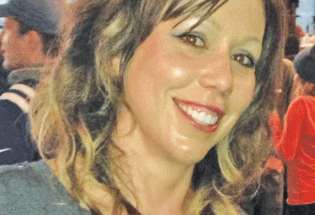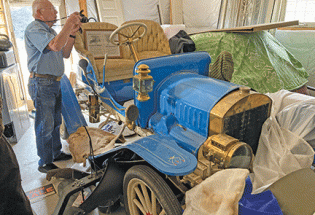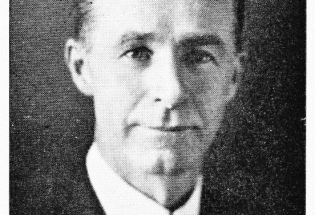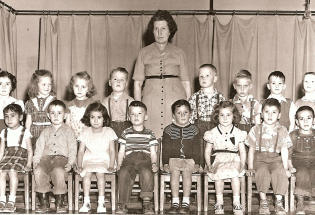Spanish Flu hammered Berthoud hard in 1918-19

By Mark French
The Surveyor
In the fall of 1918 the Spanish Influenza swept across the United States as World War I drew to a close. Over one-quarter of the American population fell ill and by the time the scourge passed in 1919, more than one-half million had died from its ravages. Berthoud was not spared. From October 1918 to January 1919 accounts of illness and death filled the local newspaper while doctors and morticians struggled to keep up with their work.
The Spanish Flu erupted in northern Colorado during the last week of September 1918. The flu worked rapidly, sometimes claiming victims within hours of the first signs of infection. Symptoms included high fevers, shivers, muscular pain, coughs and sore throats. Dizziness and shortness of breath followed as victims lost strength to the extent that they were unable to eat or drink without assistance.
Unlike earlier influenzas that produced death through secondary infections of lethal pneumonia, the Spanish Flu caused uncontrollable hemorrhaging that filled the lungs and drowned the sick person in their own body fluids. The virulent influenza also reversed the normal age distribution for flu deaths, preferring adults in the 20 to 50 age range over elderly citizens.
In October 1918 the influenza which was probably carried into the country by a returning WWI serviceman, surfaced in Berthoud. The local newspaper warned, “There is no certain way in which a single case of the disease can be recognized; on the other hand, recognition is easy where there is a group of cases…When one gets it, he should go to bed at once. No one should sleep in the same room with the patient.”
The swiftness with which the influenza attacked was evident in a report in The Berthoud Bulletin on October 18, 1918. The newspaper reported, “William Petersen, a stranger, was found lying on the walk in front of the Hess pool hall Monday afternoon about 1 o’clock in a semi-conscious state. He was carried into Foresman & McCarty’s for emergency treatment, and was later taken to the county hospital in Ft. Collins where he is a patient, and at last report was getting along nicely. He has Spanish influenza.” Petersen’s full recovery was recounted in the paper a few weeks later.
By January, 1919, a full-blown epidemic gripped the town. Schools were closed, influenza cases quarantined, and notices posted in businesses warning patrons to make purchases quickly and not congregate. The Berthoud Bulletin relayed, “Influenza seems to have taken hold upon this community, and now numbers more sufferers than at any time. Pneumonia has developed in a few of the cases. At the Conrad Lebsack home thirteen are ill with the disease; four at John Lebsack’s. And seven at Sam Buehler’s. George Saltzman has it. Isaac Birdsill, Bergen King, wife and baby, Mrs. Motz (but not George; the flu’s careful), Raymond, Lawrence and Ben Davis, Mrs. G.C. Hess, Wayne, Oliver and Reva Hess. Mrs. Fred Thayer and Dorothy, Mr. and Mrs. Charley Osborne and baby, and Hoyt Osborn, Conrad Wolf and Walter Buehler have the disease in more or less severe form.”
The Sam Buehler family was hit hard. When son David died on January 8, his mother was the only one of six family members well enough to attend the funeral. Death claimed David Dreith, Mrs. Little and son, John Wirtz, Anna Wolf and John Aniess in the next few weeks. The ages of most victims fit the flu’s preference for those age 25 and up. Adam Schleiger, a Berthoud soldier wounded in France, died from influenza in Europe before he recovered from his injuries.
The epidemic subsided in mid-January 1919 and the schools reopened when 60% of the children were healthy enough to return. Life in Berthoud slowly returned to normal in the spring, but many local families continued to grieve the loved ones lost to the deadly Spanish influenza.
- February, 19 2021
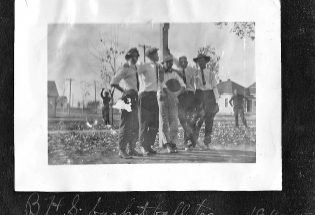
First BHS basketball played at local ...
Photo courtesy of the Turner Collection Berthoud Historic Society - This...
- December, 26 2014

Automobiles raced and wrecked on Kell...
Tales of the Little Thompson By Mark French The Surveyor Sim...
- August, 09 2018
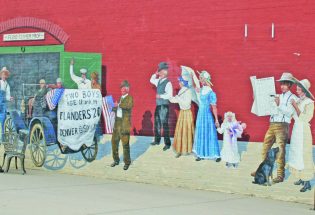
Berthoud Athletic Club mural commemor...
By Mark French The Surveyor The mural on the Berthoud Athletic Club building at 247...
- April, 11 2019
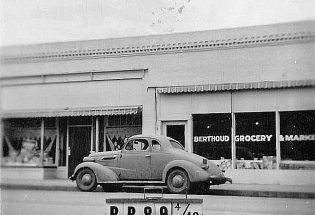
Donelan brothers closed Berthoud groc...
By Mark French The Surveyor Bill Donelan came to Berthoud in 1937 looking for an...
- December, 28 2018
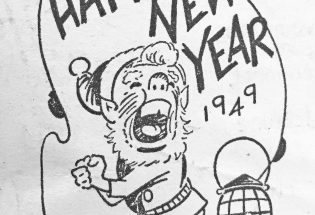
Local news topped newspaper’s b...
By Mark French The Surveyor The front page of the December 30, 1948, edition of...
- October, 29 2015
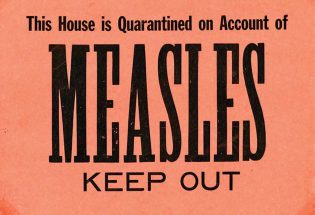
Scarlet fever spoiled 1915 Halloween
By Mark French Tales of the Little Thompson The Surveyor A century ago, in 1915,...
- Asher Architects builds projects from...

- More than a market, a family legacy
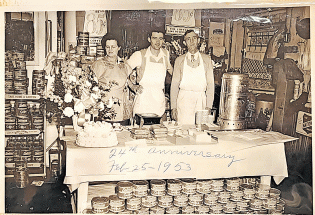
- Colorado business confidence is impro...

- Roy Tripi to become principal of BHS ...

- Teachers express concern about studen...

- Thompson School District faces criti...

- Community Calendar & Legal Notice...

- Community Calendar & Legal Notice...

- Community Calendar & Legal Notice...


POLICEBLOTTER
Community News
Northern Water sets C-BT quota at 70% for 2024
Community News

Emotions run high during Revere Property hearing
Community News
Snowpack at 119% above normal
Community News

Karspeck to serve third term as Berthoud mayor
Community News

OPINION – No bitchin’ allowed
Community News
Roy Tripi to become principal of BHS on July 1
Community News
COMMUNITY CALENDAR:
Community Calendar – add an event
Homestead Fine Art Gallery First Fridays OPEN HOUSE
03 May 4:00 PM - 7:00 PM
Homestead Fine Art Gallery First Fridays OPEN HOUSE
07 Jun 4:00 PM - 7:00 PM
Homestead Fine Art Gallery First Fridays OPEN HOUSE
05 Jul 4:00 PM - 7:00 PM
Homestead Fine Art Gallery First Fridays OPEN HOUSE
02 Aug 4:00 PM - 7:00 PM
Homestead Fine Art Gallery First Fridays OPEN HOUSE
06 Sep 4:00 PM - 7:00 PM
Homestead Fine Art Gallery First Fridays OPEN HOUSE
04 Oct 4:00 PM - 7:00 PM




